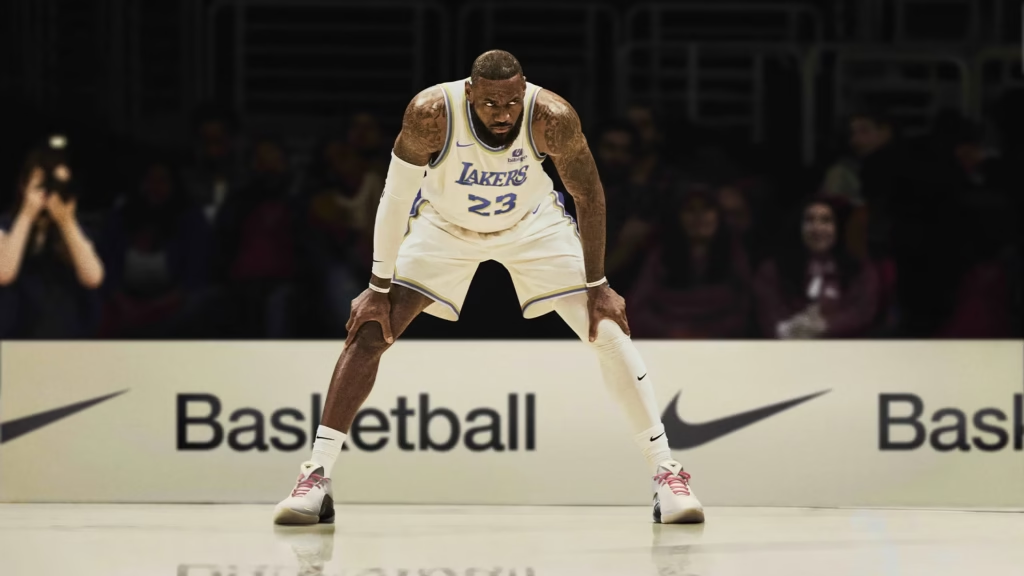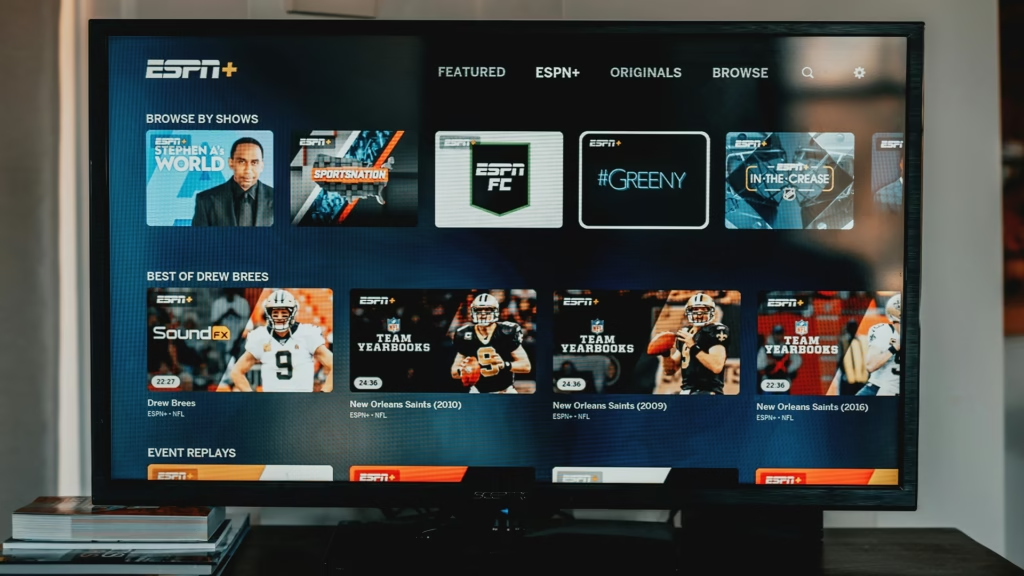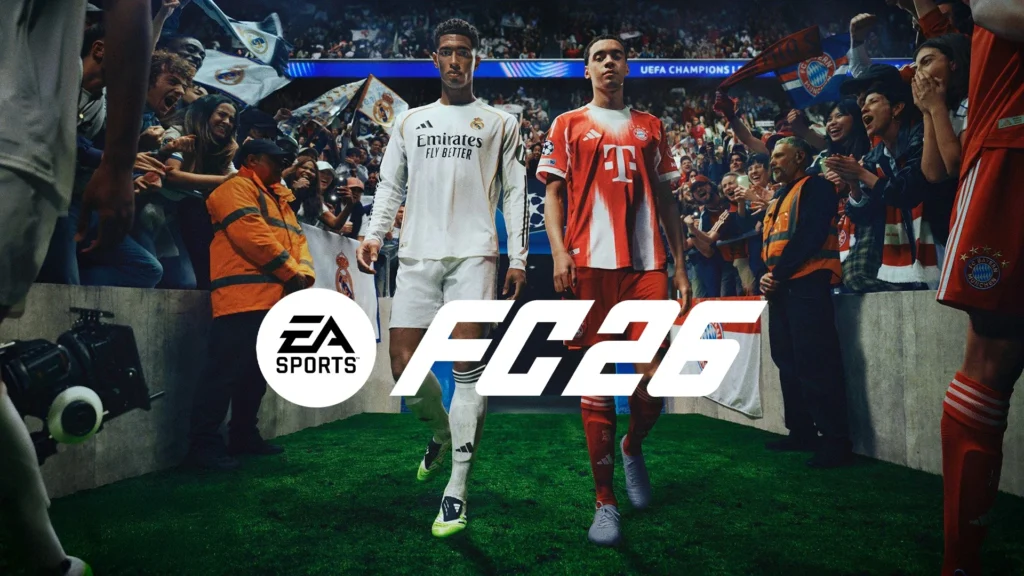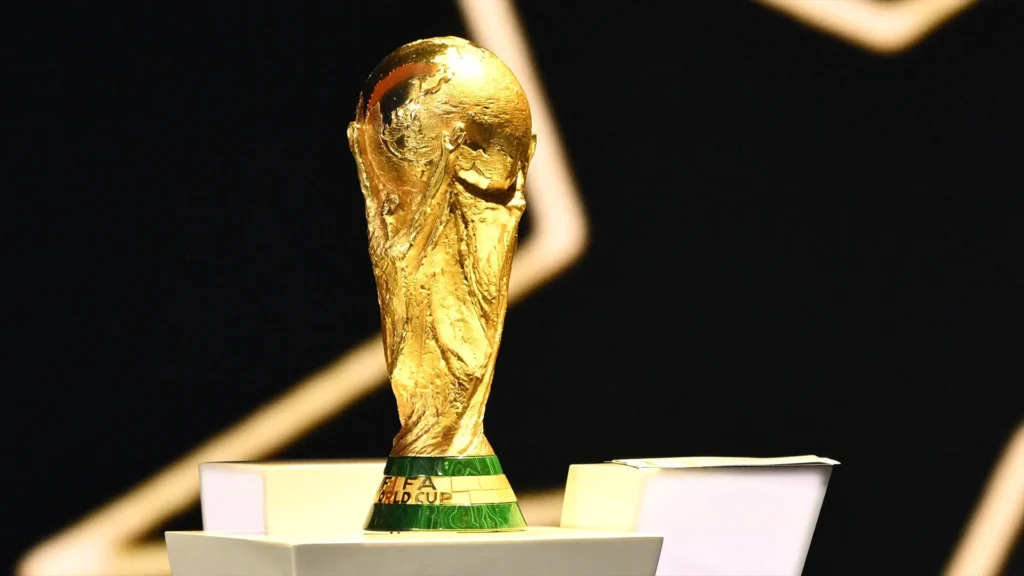In 2015, Nike signed an 8-year, $1 billion deal to become the NBA’s exclusive uniform provider, the richest apparel deal in basketball history. Adidas, which had held the contract since 2006, didn’t even bid. They simply walked away.
Fast forward to 2024, and Nike just extended the deal for 12 more years through 2037, at a price “much bigger” than the original $1 billion. Meanwhile, Adidas’s basketball business? Bleeding market share, losing star players, and watching from the sidelines as Nike dominates.
Today, 75% of NBA players wear Nike or Jordan Brand shoes. Nike controls over 90% of the US basketball shoe market. The Jordan Brand alone generates $7 billion annually, more revenue than many entire sports brands.
This isn’t just about who makes the jerseys. It’s the story of how Nike turned basketball into a money-printing machine while Adidas fumbled the ball at every turn.
The $1 Billion Bet That Changed Everything
When Nike Outbid Everyone, Except Adidas Didn’t Even Try
In March 2015, Adidas shocked the sports world by announcing they wouldn’t renew their NBA uniform contract when it expired in 2017. The company had paid $400 million over 11 years (2006-2017) for the rights, an average of $36 million per year.
One month later, Nike swooped in with a deal worth $1 billion over 8 years, roughly $125 million per year. That’s a 245% annual increase over Adidas’s deal.
What Nike got that Adidas never had:
- The Swoosh logo on every NBA jersey (a first for the league)
- Exclusive uniform design rights for NBA, WNBA, and G League
- Global merchandising and marketing partnership
- The ability to put their brand on every player, every game, every night
What Adidas lost:
- Global visibility during primetime basketball games
- The credibility of being the “official” basketball brand
- Any leverage in signing new NBA players
Adidas CEO Herbert Hainer tried to spin it: “We always analyze what this contract has done for us, how it plays into our future strategy.” Translation: Basketball wasn’t profitable for us anymore.
Nike saw the opposite: An opportunity to solidify total market dominance.
Michael Jordan: The $2.5 Million Mistake Adidas Will Never Forget
How Adidas Lost the Greatest Player Ever, And Basketball Forever
Before Nike became basketball royalty, Adidas was Michael Jordan’s first choice in 1984. But they made three catastrophic mistakes:
Mistake #1: They offered $250,000 per year, half of Nike’s $500,000 offer
Mistake #2: They wouldn’t give Jordan his own signature shoe
Mistake #3: They were “dysfunctional” and couldn’t make the deal work
Nike seized the opportunity. They offered Jordan $2.5 million over 5 years plus royalties, and promised him something revolutionary: his own signature line.
Nike projected the Air Jordan 1 would bring in $3 million over 4 years.
Actual first-year sales (1985): $126 million
Nike had expected $3 million total. They got $126 million in Year 1 alone, a 42x difference.
The Jordan Brand today:
- $7 billion annual revenue (2024)
- Doubled in size since 2020
- Michael Jordan earns $250+ million per year (5% royalty)
- Has earned $1.5+ billion from Nike since 1984
- More than 2x his entire NBA career earnings ($94 million)
Jordan’s Nike deal earnings: $1.5 billion
Jordan’s NBA career earnings: $94 million
Let that sink in. Nike paid him 16x more than basketball did.
If Adidas had signed Jordan in 1984, they’d be the dominant basketball brand today. Instead, they let Nike build a $7 billion empire on one player they turned down.
The Market Domination: By the Numbers
Nike Doesn’t Just Lead, They Own Basketball
US Basketball Shoe Market Share (2024):
- Nike + Jordan Brand: 90%+
- Adidas: Less than 5%
- Everyone else: Fighting for scraps
Global Sports Apparel Market Share (2024):
- Nike: 16.4% ($51.4 billion revenue)
- Adidas: 9% ($25 billion revenue)
- Nike is nearly 2x larger than Adidas globally
NBA Player Endorsements (2024 season):
- 75% of NBA players wear Nike or Jordan shoes
- Top Nike/Jordan athletes: LeBron James, Kevin Durant, Giannis Antetokounmpo, Luka Doncic, Jayson Tatum, Zion Williamson
- Top Adidas athletes: James Harden, Damian Lillard, Anthony Edwards, Trae Young
Lifetime Deals (NBA):
- Nike: 3 players (Michael Jordan, LeBron James, Kevin Durant)
- Adidas: 0 players
- Everyone else: 0 players
NBA Uniform Deal Timeline:
- Reebok (owned by Adidas): 2001-2006
- Adidas: 2006-2017 → $400M over 11 years
- Nike: 2017-2025 → $1B over 8 years
- Nike extended: 2025-2037 → 12 years, “much bigger” than $1B
Nike’s 2024 extension means they’ll control NBA uniforms for 20 consecutive years (2017-2037).
Adidas? Out of the NBA since 2017. No path back.
Why Adidas Walked Away From $1 Billion
The Business Case That Backfired
In 2015, Adidas looked at their NBA deal and saw a problem:
What they paid:
- $400 million over 11 years
- Could NOT put their logo on jerseys
- Players still wore Nike/Jordan shoes despite Adidas uniforms
- Market share in US basketball: declining
What they got:
- Some brand visibility
- Uniform design rights (that fans hated, remember sleeved jerseys?)
- Zero improvement in basketball shoe sales
Adidas calculated that spending $125 million per year (Nike’s bid) wouldn’t translate to enough shoe sales to justify the cost. They were probably right, for them.
But they missed the bigger picture: Nike wasn’t bidding for jersey sales. They were bidding for cultural dominance.
Nike understood what Adidas didn’t: The NBA uniform deal isn’t about selling jerseys. It’s about:
- Locking competitors out of the most visible basketball platform on Earth
- Making Nike synonymous with basketball (Swoosh on every jersey = subliminal branding)
- Justifying premium pricing (“Official NBA partner” = credibility)
- Recruiting players (every young player sees Nike as “the basketball brand”)
Adidas saw a cost. Nike saw an investment.
The result:
- Nike’s basketball business: Booming ($7B Jordan Brand alone)
- Adidas’s basketball business: Fading (down to single-digit market share)
LeBron, KD, and the Lifetime Lock-In Strategy
How Nike Keeps the Best Players Forever
Nike has three lifetime contracts with NBA players, deals that guarantee these athletes will wear Nike for life:
1. Michael Jordan (1984-forever)
- Original deal: $2.5M over 5 years
- Current earnings: $250M+ per year
- Jordan Brand revenue: $7 billion
2. LeBron James (2003-forever, lifetime since 2015)
- Original deal: $90 million over 7 years (age 18)
- Lifetime deal value: $1 billion
- LeBron 22 released in 2025 (22 signature shoes)
3. Kevin Durant (2007-forever, lifetime since 2024)
- Lifetime deal announced April 2024
- KD 17 signature shoes and counting
- One of Nike’s most consistent sellers
Why lifetime deals matter:
- Locks up generational talent forever
- Prevents bidding wars from Adidas, Under Armour, etc.
- Creates legacy brands (Jordan Brand is proof)
Adidas’s lifetime deals: None
Adidas can’t compete with Nike’s war chest. LeBron alone makes more from Nike than Adidas’s entire basketball budget.
The 2024 Extension: Nike Doubles Down for 12 More Years
Why Nike Just Committed Through 2037
In October 2024, Nike and the NBA announced a 12-year contract extension running through 2037. While financial terms weren’t disclosed, CNBC reported it’s “much bigger” than the original $1 billion deal, likely $1.5-2 billion+.
What this means:
- Nike controls NBA uniforms until 2037 (20 consecutive years)
- Adidas has zero path back into the NBA during that time
- Nike’s logo on every jersey for two more decades
For context: The 2024 NBA season kicked off with this deal in place. By 2037:
- Today’s rookies will be 35+ years old
- The next generation of stars will have only known Nike as “the NBA brand”
- Nike’s basketball dominance will be unshakeable
Adidas’s decision to walk away in 2015? It’s now a 22-year strategic disaster (2017-2037 and counting).
What Went Wrong for Adidas?
Three Mistakes That Cost a Market
1. They prioritized soccer over basketball
Adidas is a soccer-first company. When they had to choose where to invest, they doubled down on football (their strength) rather than fighting Nike in basketball (Nike’s strength).
Problem: You can’t dominate basketball without investing in it.
2. They didn’t build stars, they chased them
Nike built Michael Jordan. Nike built LeBron. Nike bet on Giannis before his MVP.
Adidas? They signed James Harden after his MVP. Signed Damian Lillard after he was a star. Always reactive, never proactive.
3. They gave up too easily
When Adidas walked away in 2015, they sent a message to every player: “Basketball isn’t our priority.”
Nike sent the opposite message: “We’ll pay $1 billion to own basketball.”
Guess which brand players want to sign with?
The Bottom Line: Nike Won. Adidas Lost. It’s Over.
By every metric, Nike has total basketball dominance:
- 90%+ US basketball shoe market share
- 75% of NBA players wear Nike/Jordan
- $7 billion Jordan Brand (bigger than Reebok’s entire business)
- NBA uniform deal through 2037
- 3 lifetime deals (Jordan, LeBron, KD)
- Cultural ownership of basketball globally
Adidas?
- <5% basketball market share
- No NBA uniform deal since 2017
- No lifetime deals with players
- Losing stars to Nike, New Balance, even Chinese brands
- Basketball is no longer a focus
Adidas had the NBA. They had the uniform deal. They could’ve had Michael Jordan.
Instead, they walked away, and Nike built an empire on what they left behind.
That’s how Nike locked up the NBA. And that’s why Adidas is never getting it back.



